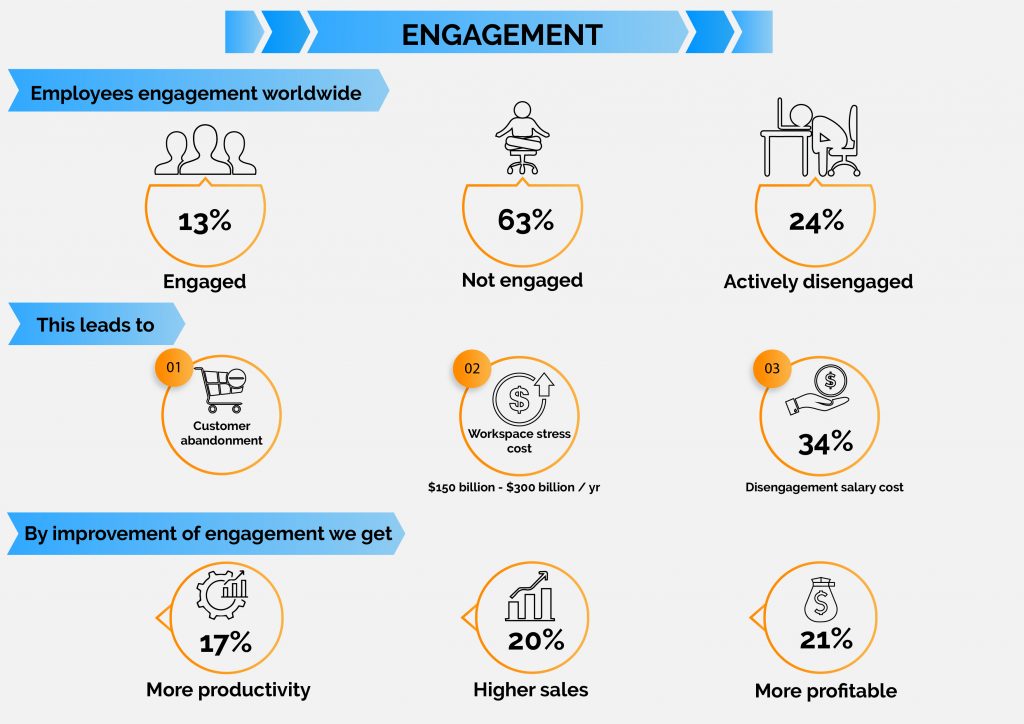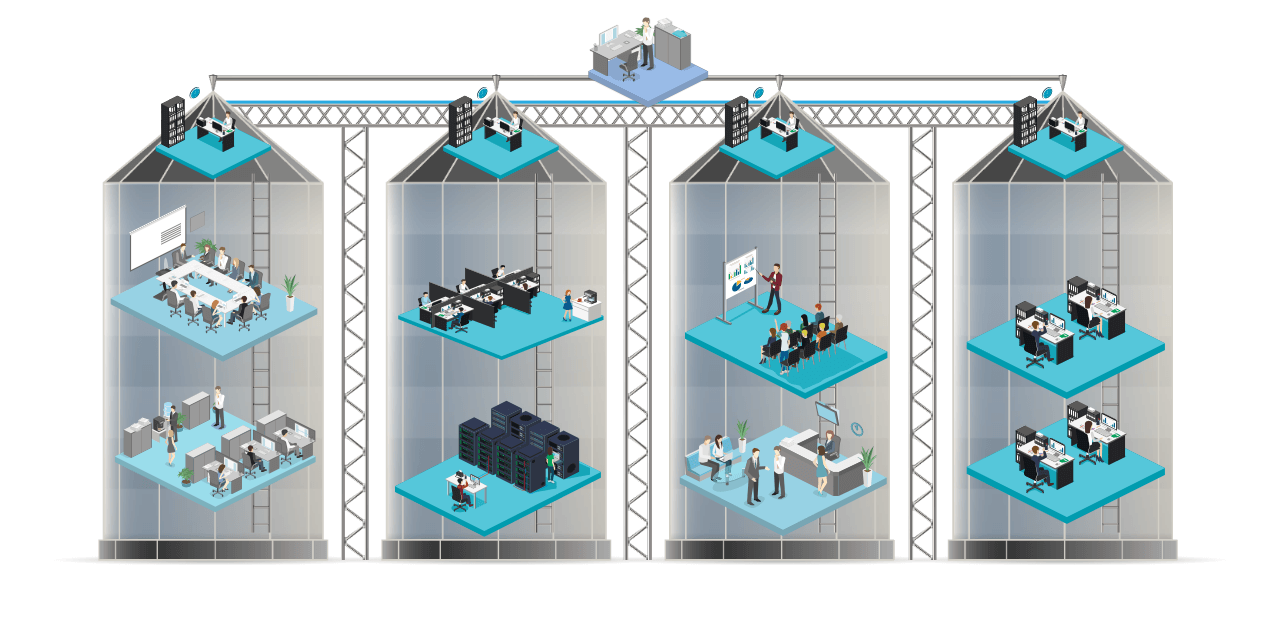A quick search on LinkedIn on ‘chief happiness’ led to over 16.000 results. It seems to be a growing trend to have a Chief Happiness Officer, or other likewise job title. It seems to be the new C. Although I am a bit suspicious if this role really always is a C-level manager reporting only to the CEO, it seems to be a positive trend that so many companies seem to find the happiness of their people important enough to hire a C-level manager for this. Doesn’t it?
What can you expect from this article?
- Is a Chief Happiness Officer a good idea or not?
Happiness, read Engagement


The state of employee engagement
Over two-thirds of employees worldwide are not engaged. At the same time, the subjects ranks high on the priority lists of CEOs worldwide. So, while organizations feel that employee engagement matters, they are not very successful in achieving it. Yet in this fast changing world of high complexity and hyper-competition it is a highly engaged workforce that makes the difference between a struggle for relevance and a thriving future.
Old school solutions for old school organization designs
Yet another manager
But hiring a Chief Happiness Officer seems to me a bit of an old school solution to a current problem. We have a problem we want to solve…hire yet another manager to fix it. How could one manager, no matter how high ranking, improve the engagement of the entire organization? And where is the CHO located? Within HR? That would certainly be falling into the same old trap of organizing the solution to a problem outside of the place where the problem actually is.
The silo structure
For years, organizations have designed dedicated departments to supposedly support the business with common issues: HR; Procurement; Legal, Facility Management. And now Happiness? We all know that these departments often feel more like a burden to productivity than a support. I remember the time I coached a team that started using Scrum in a department of a large organization, and we just couldn’t get permission of facility management to hang a Scrum board to the wall because that would taking a piece of art off the wall. I have come across many desperate agile coaches who buy sticky notes out of their own pocket at the nearest Staples because they just cannot stand the dreadful procedures anymore to get them the official way, from the central department-in-charge-of-sticky-notes. I think everybody can come up with stories of business opportunities that required the help of legal or accounting which just led to renaming them to the-department-of-NO!.
Mind you, it is not their fault. It is not the fault of the people working in those departments. It is the curse of the silo organization where each silo has it’s own KPI, which by definition leads to local sub-optimization. If Procurement is measured by cost savings, then that’s what they will do: save costs. Well, at least on paper. Because nobody does the other side of the math: lost productivity. So, then perhaps we would be better off if we hire a CBS instead of a CHO: a Chief Breaking down Silos, instead of a Chief Happiness Officer. It would be better in the sense that removing barriers for decentralized fast decision-making is key.

The silo structure
Happiness is every manager’s responsibility
Which brings me to the most important conclusion: happiness, or better, engagement, is by definition the responsibility of every team/department/business unit/organization manager. Actually it is their sole purpose in any modern organization: to create an environment in which their people feel free and have no barriers to take responsibility and initiative and make decisions. An environment where people have acces to acquire the skills and retrieve the information needed to take action without having to wait for permission.
They do feel the pain and have a high stake in setting up an engaging workplace. In that sense it is just plain silly to hire a Chief Happiness Officer. Despite all good intentions. We should empower our management instead to build highly engaging workplaces, and accept that this also involves tearing down a lot of walls, unnecessary rules, procedures, and other obstacles.
Conclusion
Hiring a Chief Happiness Officer is a trend. And while the intention of taking care of the well-being of employees is a good one, the solution leaves something to desire. A Chief Happiness Officer fits in the traditional silo structure but it is this very silo structure that stands in the way of adaptiveness and engagement in current organizations.
Most importantly, happiness or engagement, should not be the responsibility of a separate manager. It should be the responsibility of every manager that leads a team, department, or business unit.
Follow this article
You can choose to follow this article in which case you will be notified when there there are updates of the article. You can also choose to follow all articles of this category. You will then be notified if a new article is added in this category.




